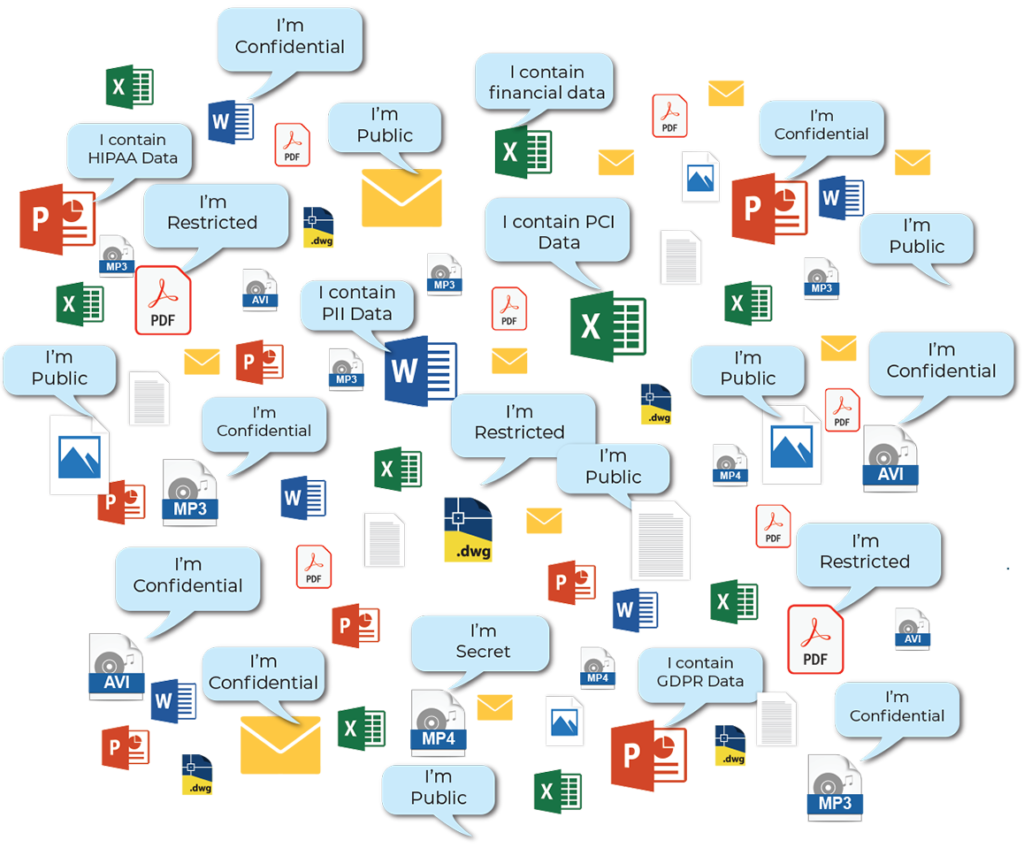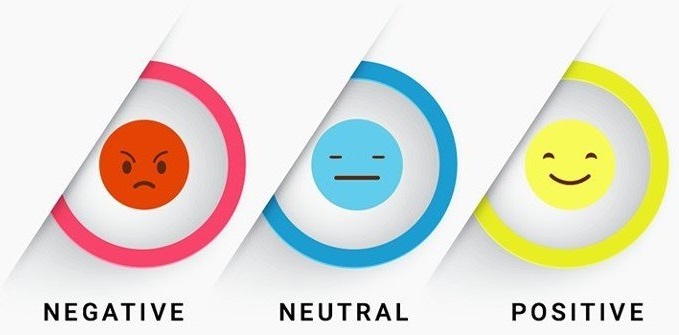Content Monitoring
In digital and social media world “Content is King”. Good content can take your name and brand at first position which can increase your brand value or increase shares value. Bad content can finish everything your name, your fame and your shares value.
Cyber Intelligence Global LLP (CIGL) provides a very effective way to monitor your contents written by the public, bloggers, and critics at public forums, social media, personal websites and open blogs.
Online Reputation Management

Basically, online reputation management is the process of controlling what shows up when someone Googles your name. We’ll show you how to promote positive content to the top of your search results and push unwanted content (negative, irrelevant or competition) farther down to ensure that when someone Googles you, their results are populated with positive, relevant content about you.
Brand Monitoring
Brand monitoring is the ongoing process of tracking different channels to identify where your brand is mentioned. Knowing where and how people are talking about your brand will help you better understand how people perceive it, and lets you collect valuable feedback from your audience. You can also keep an eye on potential crises and respond to questions or criticism before they get out of control.
By brand monitoring Cyber Intelligence Global LLP (CIGL) provides the information about the public sentiments. What they are thinking about your brand, your service and about your team.
As you get aware about the sentiments of public against you then Cyber Intelligence Global LLP (CIGL) also provides Reputation Management Services to overtake the negative feedbacks of public.
Data Classification
Reasons to implement a data classification program:
- Increase awareness about data sensitivity and data security
- Reduce risks of accidental data leakage and data storage costs
- Minimize data ownership and management costs
In business parlance, data classification is the process of categorizing all data present in an enterprise into groups, based on certain shared characteristics “like sensitivity, value to the organization”. The objective is to find and manage sensitive data efficiently and prevent data breaches. Data classification is one of the crucial steps of a data protection program in any enterprise. Data Classification allows recognition and labelling of sensitive data from the multitude of data present across an enterprise infrastructure. Once sensitive data is identified, organizations can implement applicable processes and controls in place to manage & protect data on an ongoing basis and reduce risk of exposure & breach.

My Personal Information-My Safety-My Responsibility?
The responsibility for protecting Personal information (PI) is not solely attributed to organizations, responsibility may be shared with the individual owners of the data. Companies may or may not be legally liable for the PI they hold.
In most cases, organizations are responsible for any leakage or illegal distribution of data. Protecting the data is their responsibility. Organizations must implement the best solution or service to protect end-users data which they hold. Securing Personal Information (PI) is divided into both sides, the user and the organization. User has to be informed where he had submitted the data and ask to organization to remove it if goal is achieved.
What is Data Classification
Data classification defines and classifies data according to its type, sensitivity, and perceived value and loss to the organization, if edited, compromised, or deleted, either knowingly or unknowingly. It helps an organization understand the value of its data, determine whether the data is at risk, and implement controls to mitigate risks.

Types of Data Classification
Data classification can be performed based on content, context, or user selections:
- Content-based classification – inspects and interprets files looking for sensitive information. Defines the class of the file as per the perceived importance and confidentiality of the content.
- Context-based classification—involves classifying files based on meta data like the application that created the file (for example, CRM software), the person who created the document (such as Marketing department), or the location in which files were authored or modified (such as IT or legal department).
- User-based classification – involves classifying data files according to the best of intent judgement of an expert user. Individuals who work with documents can specify how sensitive they are – they can do so when they create the document, after a significant edit or review, or before releasing the document.
Which organizations need data classifications
- Organizations who are applied for any compliance
- Organizations stored users data
- Organizations communicate cross borders
- Organizations store financial records such as credit card and account information
- Organizations store PII data
- Organizations who care about their data
Sentiment Analysis

If the Internet was a mountain river, then analyzing user-generated content on social media and other platforms is like fishing during trout-spawning season. People enjoy sharing their points of view regarding the latest news, local and global events, and their experience as customers. Twitter, Facebook, Instagram, and other similar social media platforms are favorite places for daily comment wars and spirited (to put it mildly!) conversations. News about political parties, celebrities, entrepreneurs, and global companies draw thousands of users within a couple of hours.
Why not use these data sources to monitor what people think and say about your political party, organization, product, service and why they perceive you this way? Sentiment analysis of brand mentions allows you to keep current with your credibility within the industry, identify emerging or potential reputational crises, to quickly respond to them. You can compare this month’s results and those from the previous quarter, for instance, and find out how your brand image has changed during this time.
If you are one out of below mentioned:
- Political Party
- Product Company
- Service Provider
- Celebrity
- Brand
It’s not only important to know social media opinions about you or your organization or your product or about yourself, but also to define who is talking about it. Measuring mention tone can also help define whether industry influencers mention your brand, name and in what context.
And what’s more exciting, Cyber Intelligence Global LLP (CIGL) helps to our customers to perform sentiment analysis in real time and across all channels. Connect us at info (at) cybintglobal (dot) com or +91 – (nine)7-166-3(eight)3(four)0

